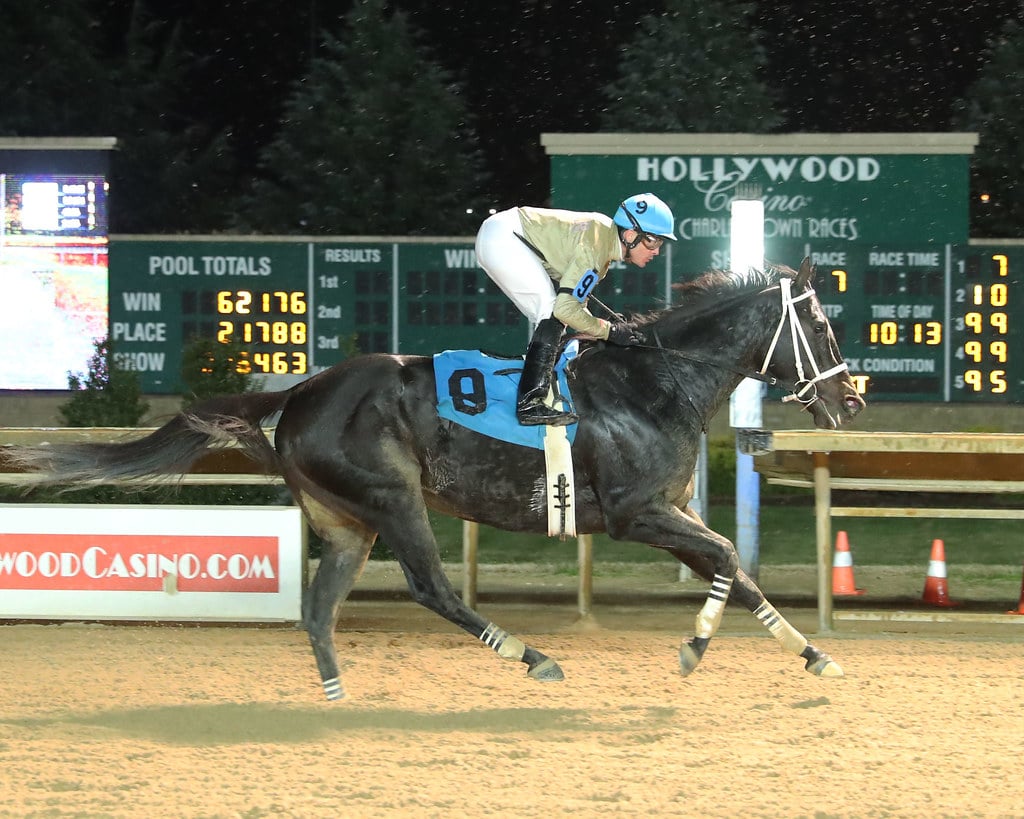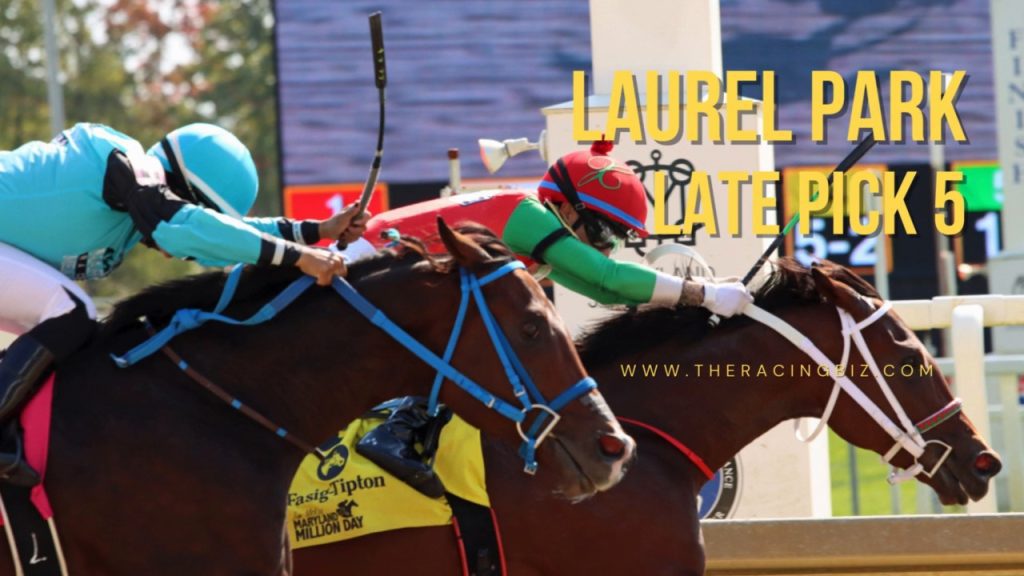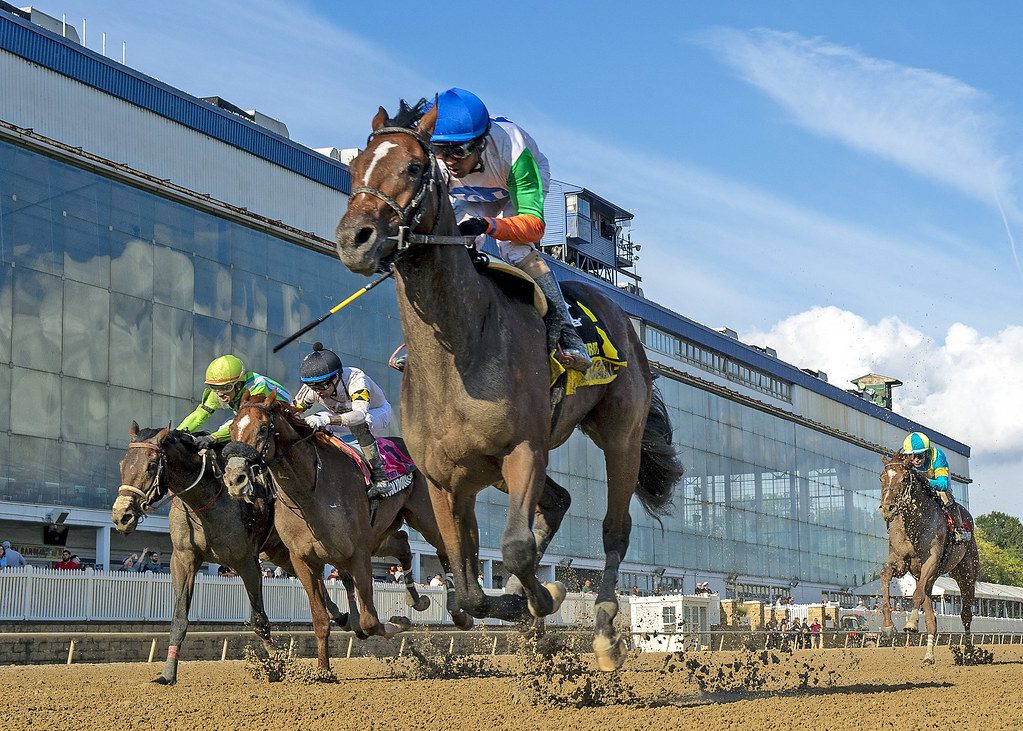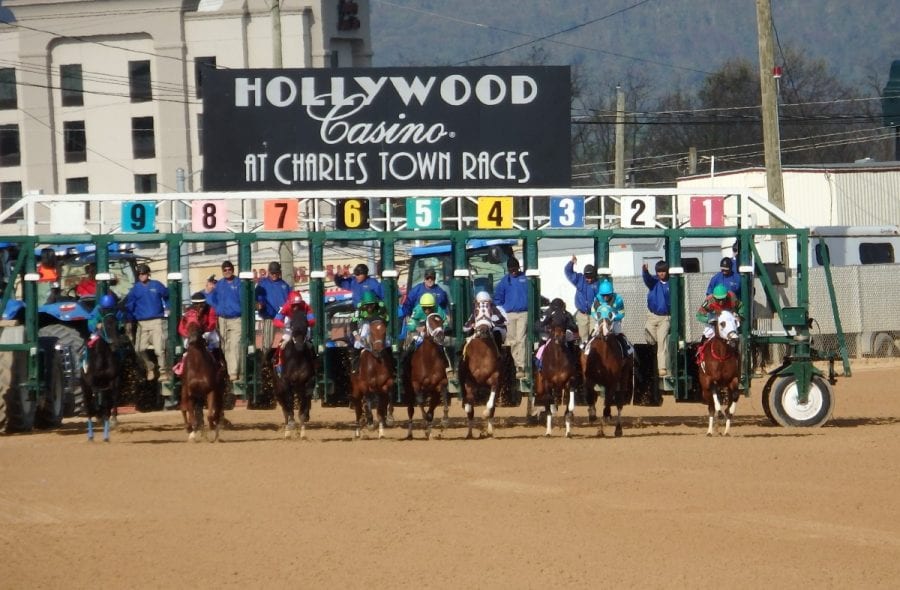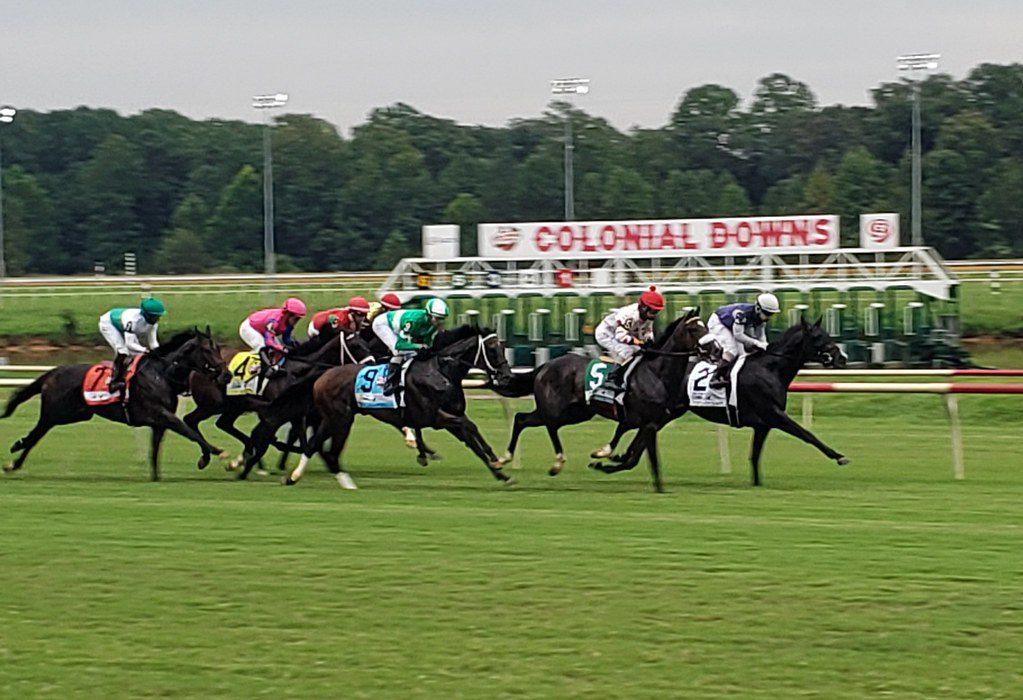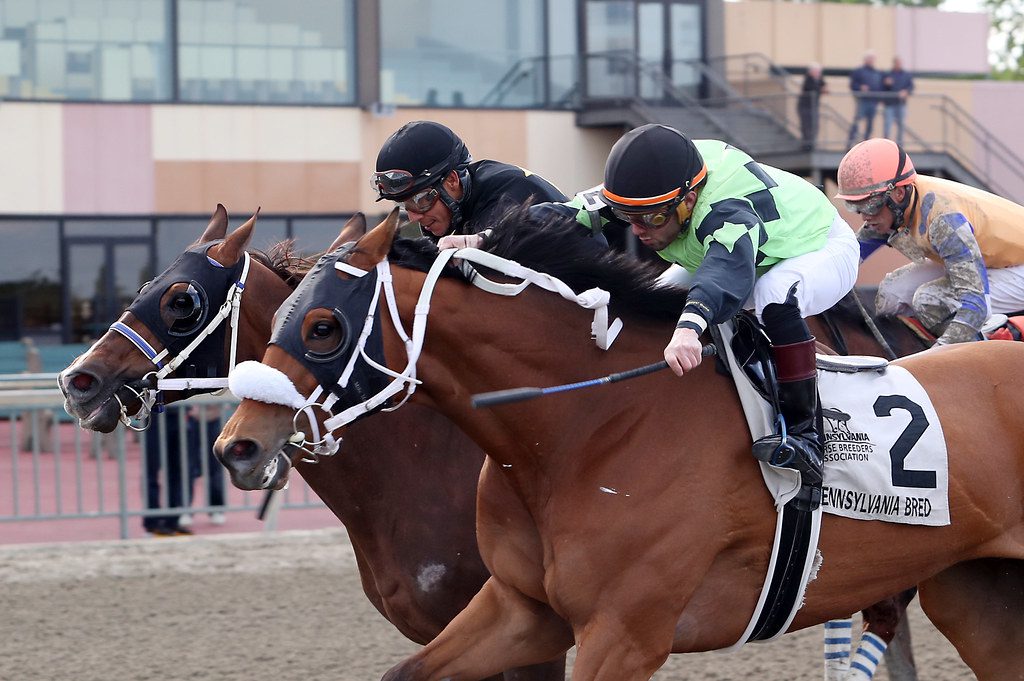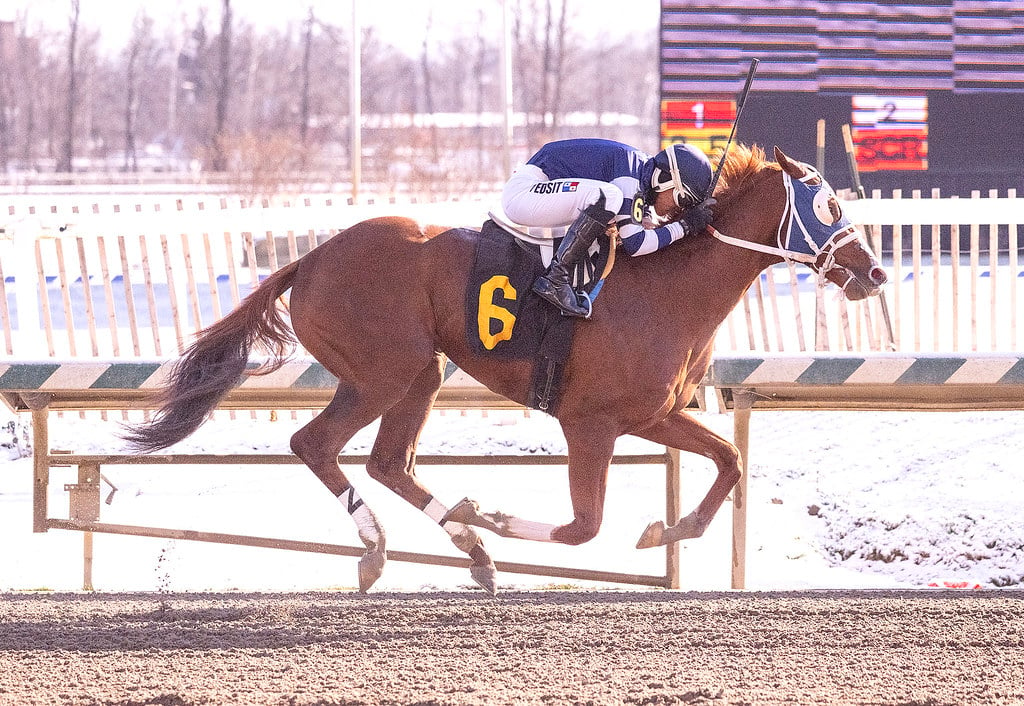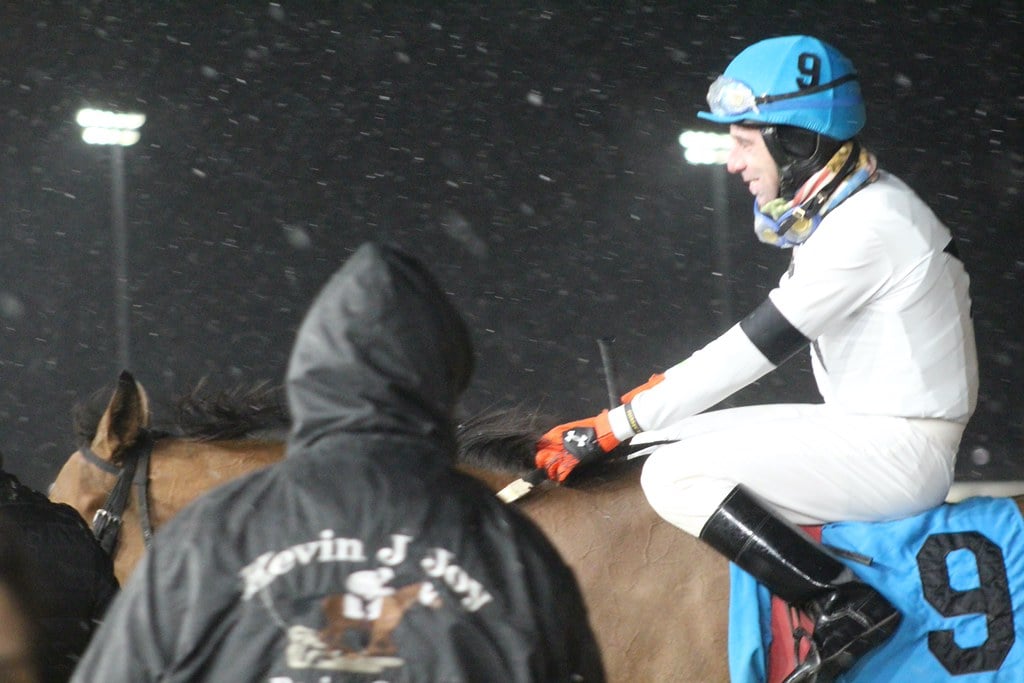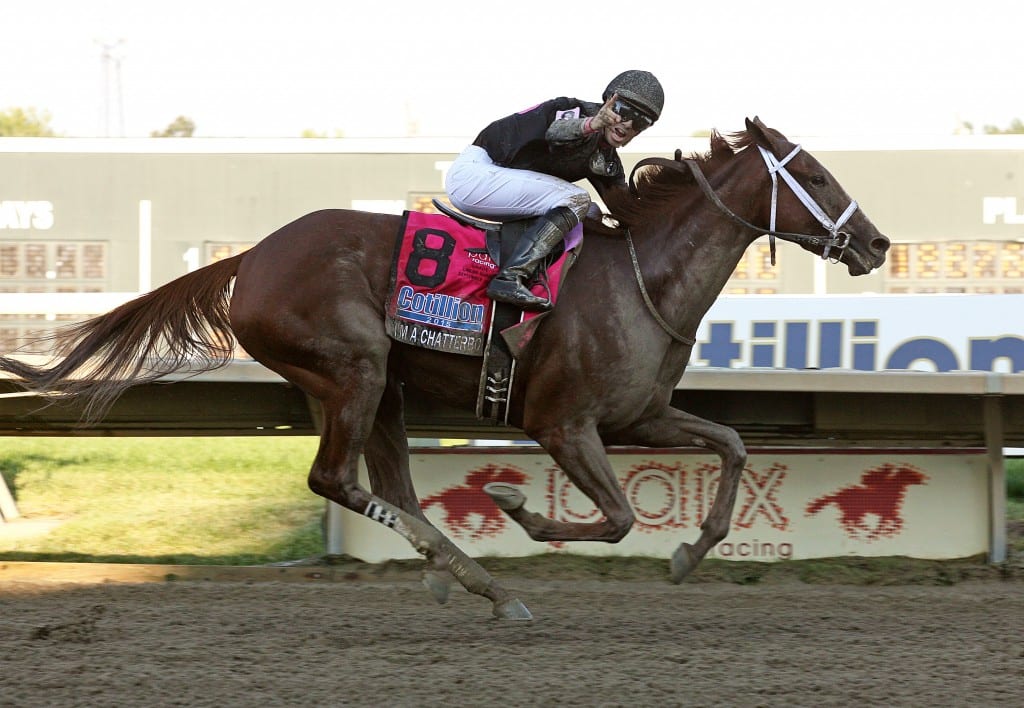
by Jared Gollnitz
When making breeding decisions for a mare, every breeder has several options with respect to duplication of ancestors, or, inbreeding. Among these options are:
- Outcrossing – almost an impossibility nowadays, but still can be done out to 6 (or so) generations, meaning that there are no doubled ancestors within six generations. Considering that all Thoroughbreds trace back to the same three foundation stallions, a total outcross is not technically possible. Raise a Native (mostly through Alydar, Affirmed, and Mr. Prospector) and Northern Dancer (common link being Native Dancer) are very difficult to outcross in American Thoroughbreds due to their saturation of the breed’s gene pool. To outcross to these ancestors normally requires breeding stock from Germany, France, or South America.
- Inbreeding – duplications of ancestors within four generations.
- Linebreeding – duplications of ancestors on the top and bottom of the pedigree at any generational distance. This is typically done at 5, 6, or 7 generations but target ancestors can be sought out at further generational distances.
- Hybrid Vigor – a technique used crossing a highly inbred sire to a highly inbred dam, though the sire and the dam are inbred to different target ancestors, usually with the intent of inbreeding or linebreeding to a third common ancestor that exists only one time in each the sire and the dam.
- Rasmussen Factor – Named for the late Daily Racing Form columnist Leon Rasmussen, this is a breeding technique that exploits inbreeding to superior distaff target ancestors.
- Genetic equivalents – two horses that have similar pedigrees – not identical, but a significant set of common ancestors within, let’s say, 5 generations, for the sake of simplicity.
Occasionally a successful horse demonstrates the effective application of more than one of these techniques. Such is the case with I’m a Chatterbox, the 2015 winner of the Grade 1 Cotillion who was bred in Kentucky by Fletcher and Carolyn Gray. She is a wonderful example of successive uses of inbreeding, linebreeding, and hybrid vigor through her first, second, and third dams and then again in her own breeding to create a sound, speedy runner with plenty of stamina.
Third dam Bedroom Window (Linkage – Guichet, by Jacinto) shows a dam, Guichet, inbred 4 x 4 to Hurry On. When crossed with Linkage, this creates a hybrid vigor and linebreeding scenario. To emphasize the point, Linkage’s 2nd dam Rum Bottle Bay was inbred to her own female line 3 x 3 through blue hen Misleading. Linkage is also linebred to Man O’ War, 5 X 6. Hybrid vigor and linebreeding were then executed to produce Bedroom Window, who is then crossed 6 X 6 to Bull Dog and 6 X 6 to Son-In-Law, each present only once in each parent at a 6-generation view, along with a 5 X 6 cross of Nearco.
Moving forward, 2nd dam Bedroom Chatter is the result of crossing a sire (Cure the Blues) and dam (Bedroom Window) that are genetic equivalents of each other. The following ancestors are present in Bedroom Chatter, one from each parent:
- Turn-To, present 4 X 5.
- Bold Ruler, present 4 X 4.
- Tom Fool, present 4 X 5, both through daughters. This becomes very important later.
- To add to the mix, Cure the Blues has a 5 X 5 cross of Bull Dog, who, again, is also present 6 X 6 in Bedroom Window, adding to the genetic equivalence.
- War Admiral is also present 7 X 5.
Coming forward to first dam Chit Chatter (Lost Soldier – Bedroom Chatter), there is a new inbreeding target of Hail To Reason (by Turn-To) crossed 4 X 4, one from each parent, creating a 5 X 5 X 6 of Turn-To. Also present in each parent is Bold Ruler, who is now 4 X 5 X 5 between the two parents. For a new linebreeding setup, Fair Trial is now 6 X 6, once from each parent. Again, Rasmussen Factor is utilized with Imperatrice, better known as the second dam of the immortal Secretariat, who is now 5 X 5, once from each parent, and is in an X-factor (large heart gene) passing position from known carriers (this is a conversation for a later day). Also important is that the only source of Discovery we have so far is Bold Ruler, who is already accounted for three times.
Now, we come to I’m a Chatterbox (Munnings – Chit Chatter). Up close is a 4 X 3 cross of Lady Winborne, for some highly effective Rasmussen Factor inbreeding – again, following the large heart line. This cross also adds more War Admiral to the mix.
Remember the two female strains of Tom Fool that I mentioned earlier that would be important? Munnings has two male strains of Tom Fool in Tim Tam and the peerless Buckpasser (more War Admiral!) to sex-balance the two female strains of Tom Fool present in Chit Chatter. Additional Rasmussen Factor breeding is used with more Imperatrice, through another line of Secretariat. Also present now through Rasmussen Factor and linebreeding is a 6 X 6 cross of Aspidistra, present once in each parent.
Two other prominent runners linebred to Aspidistra are Kentucky Derby winner Unbridled and 2003 Jaipur Handicap winner Garnered (by Holy Bull), who defeated I’m A Chatterbox’s grandsire, sprinter sire-supreme, Speightstown in the race. Both of these horses are linebred to Aspidistra, both through large heart-passing positions.
Also present in I’m a Chatterbox is a cross of 1955 Pocahontas, who appears 6 X 7, once from each parent. The final kicker is the introduction of new sources of Discovery. In first dam Chit Chatter, Discovery is present multiple times, but only through Bold Ruler. Munnings introduces new strains of Discovery through Native Dancer and Intentionally, as well as additional strains of Bold Ruler. Quantity is important, but variety is explosive.
History has shown that the pedigrees of our best horses are rarely left to chance. Intelligent design in both patterns and choices of pre-potent ancestors (and multiplying them) are keys to breeding a top-shelf horse. The successive development of I’m a Chatterbox’s female line is also a blueprint for developing a successful female family through the generations using a combination of the inbreeding, linebreeding, hybrid vigor, Rasmussen Factor, and the use of genetic equivalents.
While not everyone has the pocketbook to breed to the best stallions or buy the best mares, anyone can use these tools to improve their odds of breeding quality runners.
[author] [author_image timthumb=’on’]http://www.theracingbiz.com/wp-content/uploads/2015/08/Jared.png[/author_image] [author_info]Jared Gollnitz began intense study of Thoroughbred pedigrees when breeding his first mare and has been constantly analyzing pedigrees ever since. He consults on matings in the mid-Atlantic region, where he has his own mares, and is also advising breeders in South Africa. [/author_info] [/author]


